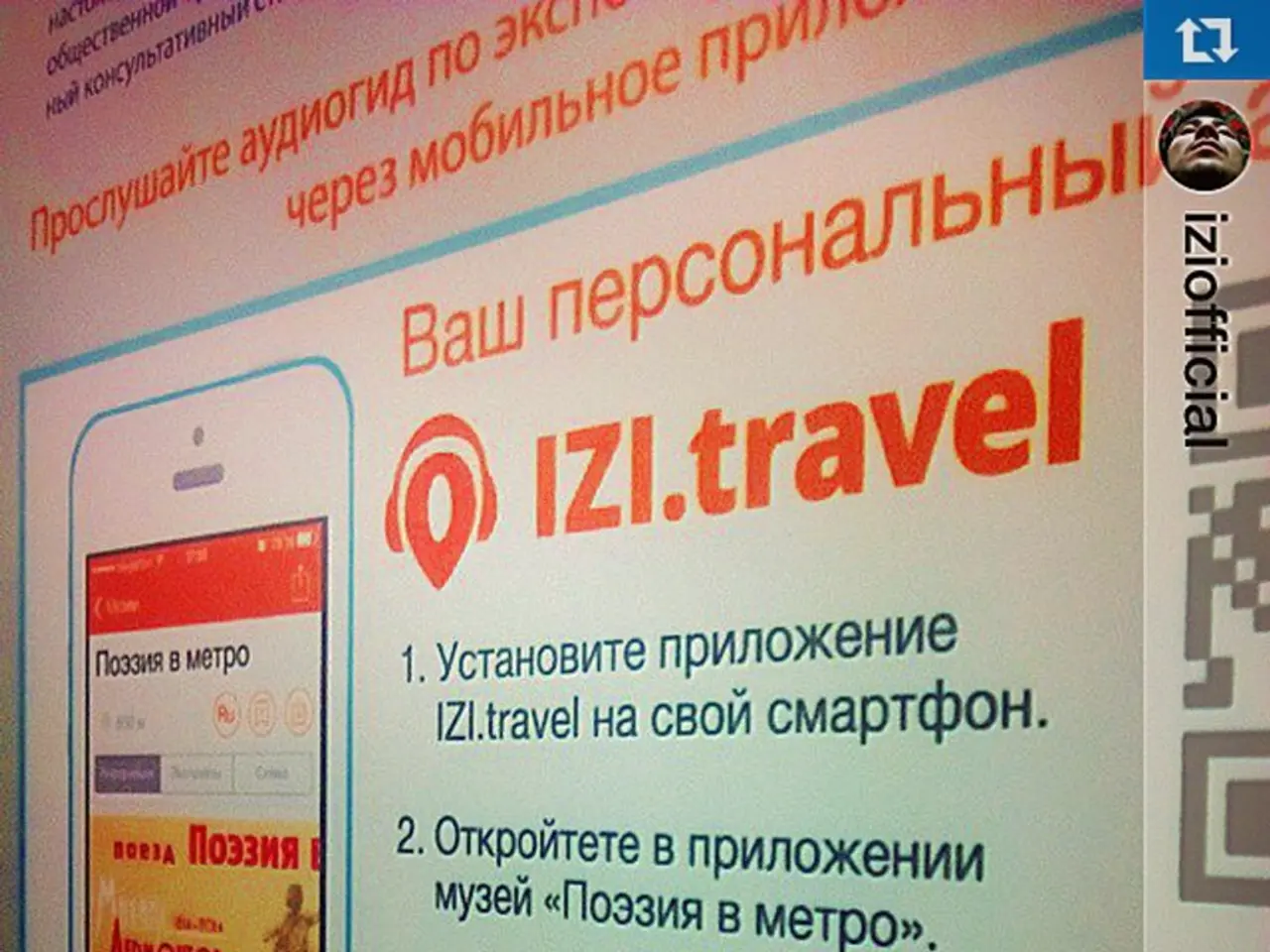Managing Projects Efficiently with the MoSCoW Priority System
In the fast-paced world of project management, making informed decisions under time, budget, or resource limitations is crucial. This is where the MoSCoW method comes into play, a technique that has proven invaluable for Agile teams.
The MoSCoW method, originating from the Dynamic Systems Development Method (DSDM), categorizes project requirements or tasks into four clear priority levels: Must-have (M), Should-have (S), Could-have (C), and Won't-have (W). This hierarchy enables teams to focus their efforts and resources on the most critical features or tasks that are essential for project success.
For a recent project, the content team is revamping the marketing website to reflect new products and messaging, as assigned by the Marketing Team Lead. The project goal is to deliver a fresh, updated website within a two-week deadline.
To begin with, the homepage, product feature page, and blog posts are identified as 'Must-haves' (M). These are non-negotiable requirements that must be delivered to meet the project objectives or deadlines.
New graphics and updated product screenshots are identified as 'Should-haves' (S). Although not essential for the basic functionality, they contribute significantly to the overall visual appeal and user experience.
Sending a newsletter out to subscribers and updating support pages are identified as 'Could-haves' (C). While not critical for the initial launch, they can enhance user engagement and support.
On the other hand, developing in-depth case studies and drafting videos are identified as 'Won't-haves' (W). These tasks, while valuable, can be deferred or eliminated without compromising the project's core objectives.
Implementing the MoSCoW Method involves defining project expectations, identifying stakeholders, listing out your tasks, categorizing tasks using the MoSCoW method, prioritizing within each category, and monitoring and adjusting. Tools such as Hubstaff, Asana, Miro, Lucidchart, and others can aid in this process.
By defining and agreeing on these priority categories early with stakeholders, Agile teams can optimize their workflow, allocate resources appropriately, and improve the chances of completing the most valuable work within the given constraints. This structured prioritization improves project execution, helps meet deadlines, and maximizes return on investment (ROI) by focusing on what matters most for business or product value.
Streamlining workflows with MoSCoW prioritization is encouraged for efficient project management. By ensuring focus on essential deliverables, allowing flexible resource management, and reducing the risk of delay or budget overruns, the MoSCoW method supports Agile principles of iterative delivery and responsiveness to change while maintaining discipline in managing limited time, budget, and resources.
Some of the 'Could-haves' and 'Won't-haves' can be added to a backlog of work to address later, ensuring that no valuable task is lost. As the project progresses, the content team may reassess priorities based on feedback or evolving business goals.
In summary, the MoSCoW method provides a clear framework for project managers to communicate and align on task prioritization, ensuring effective time management and resource allocation while managing scope and expectations.
- To streamline workflows for the project revamping the marketing website, the teams may consider using technology tools like Hubstaff for time tracking, Asana for workforce management, and Miro or Lucidchart for agile project management.
- In the rapidly evolving business landscape, applying the MoSCoW method can help project teams make sound financial decisions, enabling them to allocate resources effectively and maximize return on investment (ROI).
- Adopting the MoSCoW method allows Agile teams to prioritize lifestyle factors such as meeting project deadlines and delivering essential tasks while maintaining flexibility and responsiveness to changes.
- As the content team reassesses priorities for their project, they can keep in mind that some 'Could-haves' and 'Won't-haves' can be added to a backlog for future implementation, ensuring no valuable task is lost.




